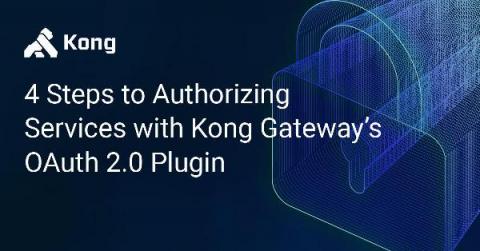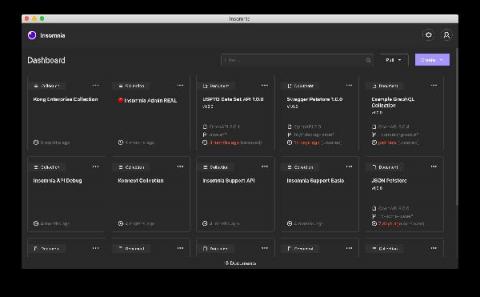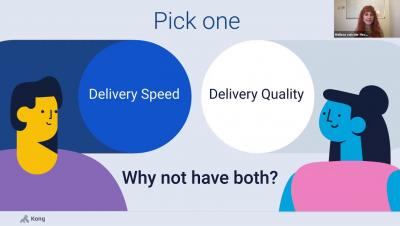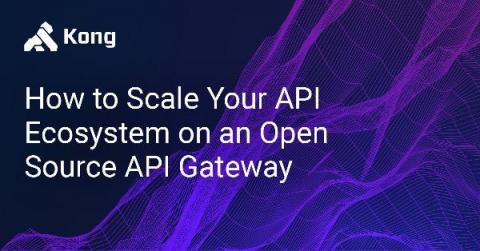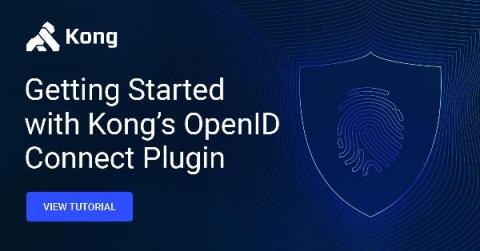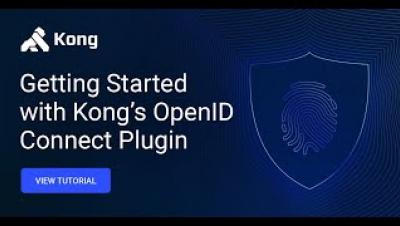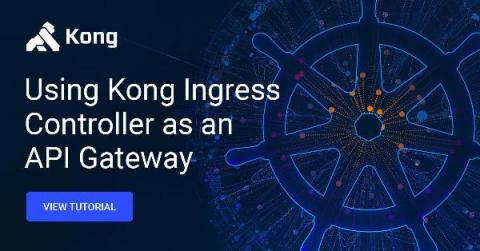4 Steps to Authorizing Services With the Kong Gateway OAuth2 Plugin
In this tutorial, I’m going to walk through adding OAuth2 authorization and authentication to your service with the Kong Gateway OAuth2 plugin. First, I’ll cover the fundamentals. If you’re already familiar with how Kong Gateway and OAuth2 work, skip ahead to the tutorial. Interconnected. Shared. That’s the norm for today’s applications, networks and data.


